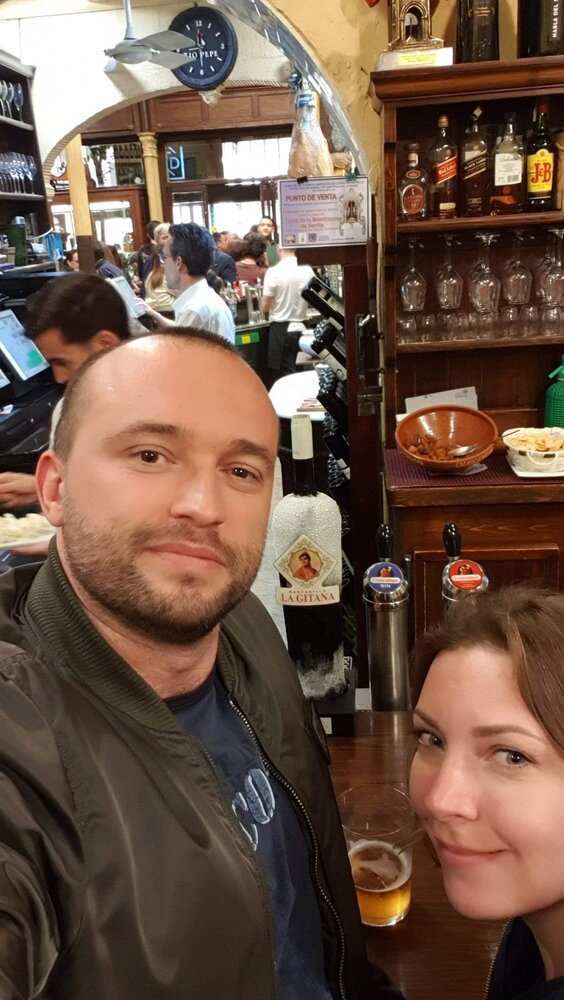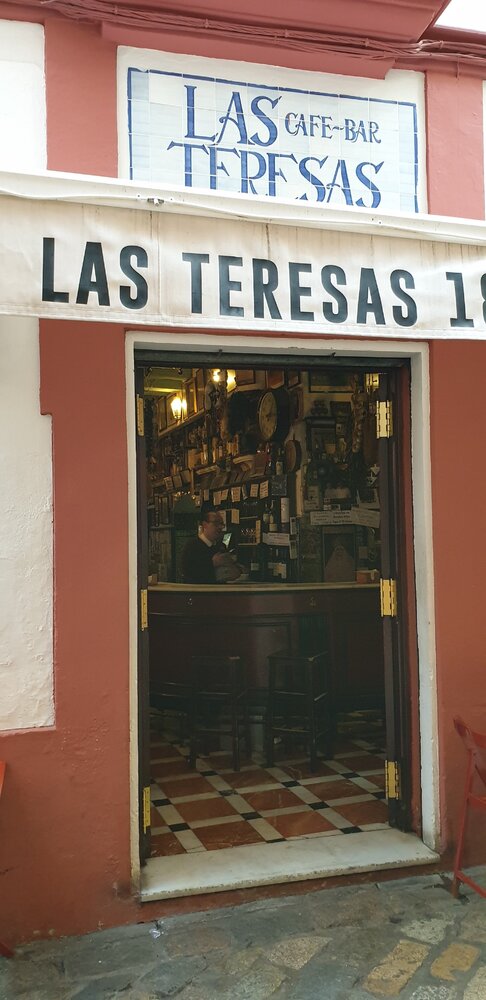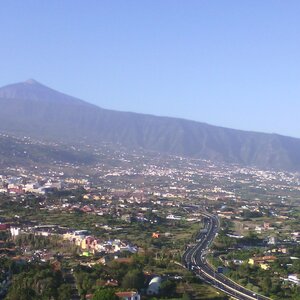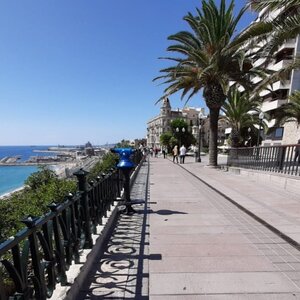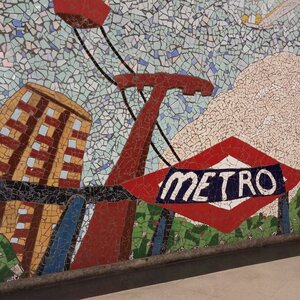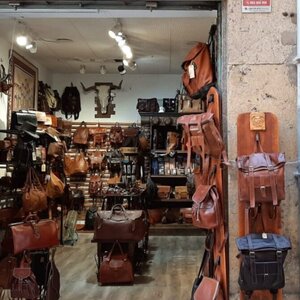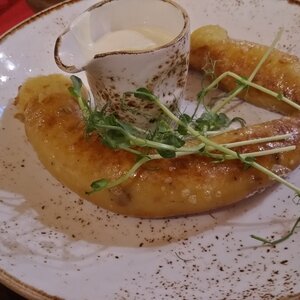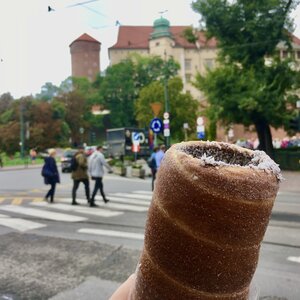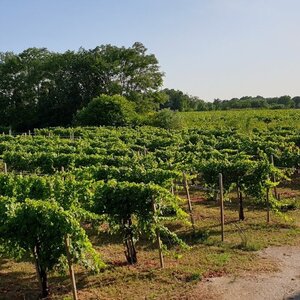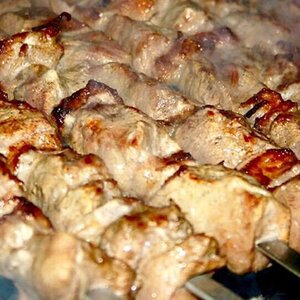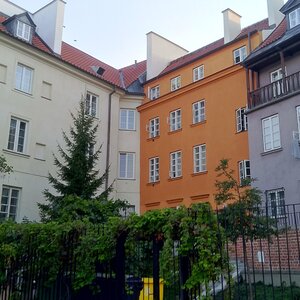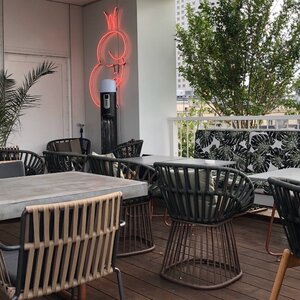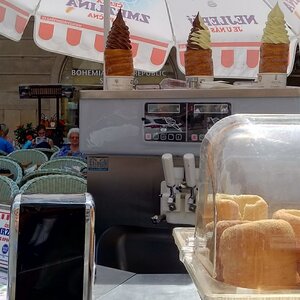Not all of Andalucía is as full of tapas bars as its capital. In Seville, tapas is a cult, it’s the king of cuisine, it’s a light snack, lunch and dinner. An itinerary of 3—4 tapas bars with a local costs from 80 € per person, and I’ll tell you how you can see and taste more for that money.
Tapas bar opening hours
An important point: the siesta. Almost all establishments in the city close in the middle of the day, and only reopen in the evening. Most tapas bars in Seville are open from 12:00 to 16:00 and then from 20:00 to midnight.
This is variable, but is observed by almost all establishments. In winter, opening hours may be a little shorter. Some bars are open all day long, but these are usually touristy places on big streets and near attractions.
In popular places, it’s better to arrive at the opening time. I realized this on the first night when I saw a queue of locals in front of a tapas bar 15 minutes before opening time. The queue is a very good sign: if the locals are willing to take a seat in advance, then we need to go there too.
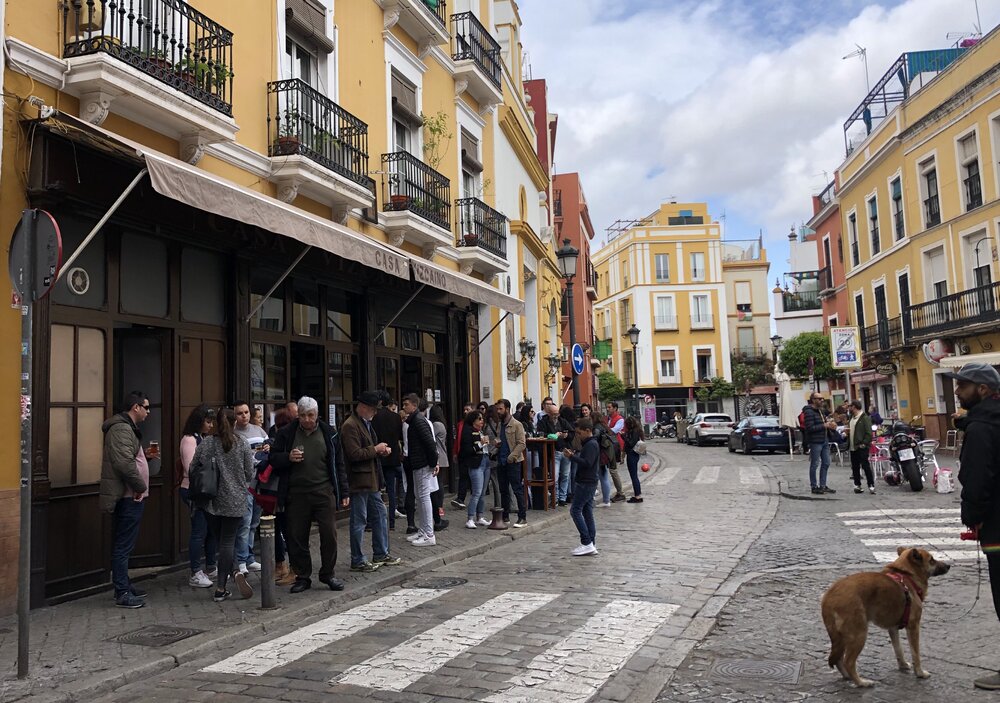
Prices and portions
It is said that historically a tapa is a «lid» for a glass of liquor: something like a small sandwich or a piece of cheese/hamon, which was used to cover the glass when it was served. The purpose of this «lid» was either to protect the drink from flies, or because the king obliged all innkeepers to serve free appetizers with alcohol to reduce, if not drunkenness, at least the degree of intoxication. The innkeepers were economizing on appetizers, so they were as small as possible.
Nowadays, only a plate of small rusks and sometimes beans are served free with a drink. The rest of the food must be ordered à la carte.
Tapas bars accept three portion sizes:
- A tapa is a portioned snack: a sandwich, a small cut of meat or cheese, a mini portion of a hot dish in a small plate. The price for a tapa is on average 2—3 €.
- «Ration» is a full portion of a hot meal or a large plate of appetizers: croquettes, jamon, cheese, etc. The size is huge, you can take for 2—3 people. The price for a full portion is 10—20 €.
- A «half ration» is half of a large portion. If there is a choice between a ration and a half-ration, it is better to take the half-ration for two people. The price is 5—15 €.
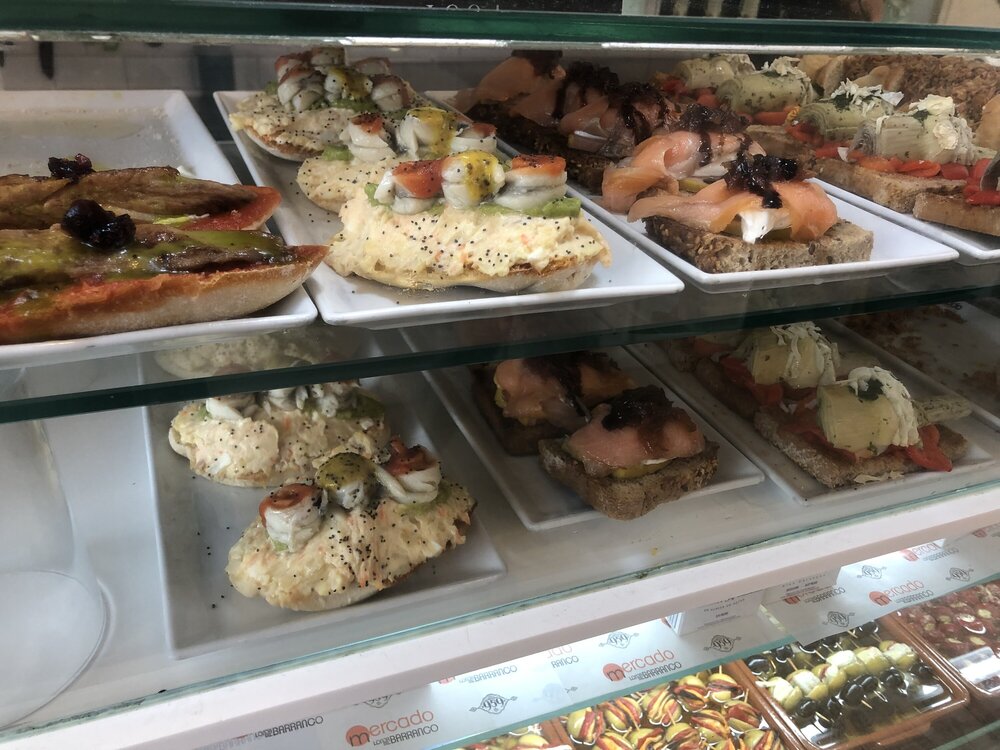
The difference in prices is most often explained by the location of the bar: the closer to the center, the more expensive. The same dish can be found cheaper if you move away from the center. I also noticed that seafood is noticeably more expensive than meat: we had the biggest checks where we ordered shrimp or fish.
Portions of beer in almost all bars are the same: a small glass of 200 ml costs 1.5—2 €, a large glass of 400 ml — 1.8—3 €. If you don’t specify «Servesa Grande», they will bring a small one by default — «Servesita».
Sherry is poured in 50—100 ml pours, depending on how expensive the drink is. Prices start from 1.2 € for 100 ml of simple manzanilla. The most expensive sherry I saw in Jerez de la Frontera was Oloroso at 12 € per 100 ml.
Wine is poured everywhere at about 150 ml. Prices — from 1 € for a glass of local know-name draught wine from the barrel and from 2 € for wines from the bottle.
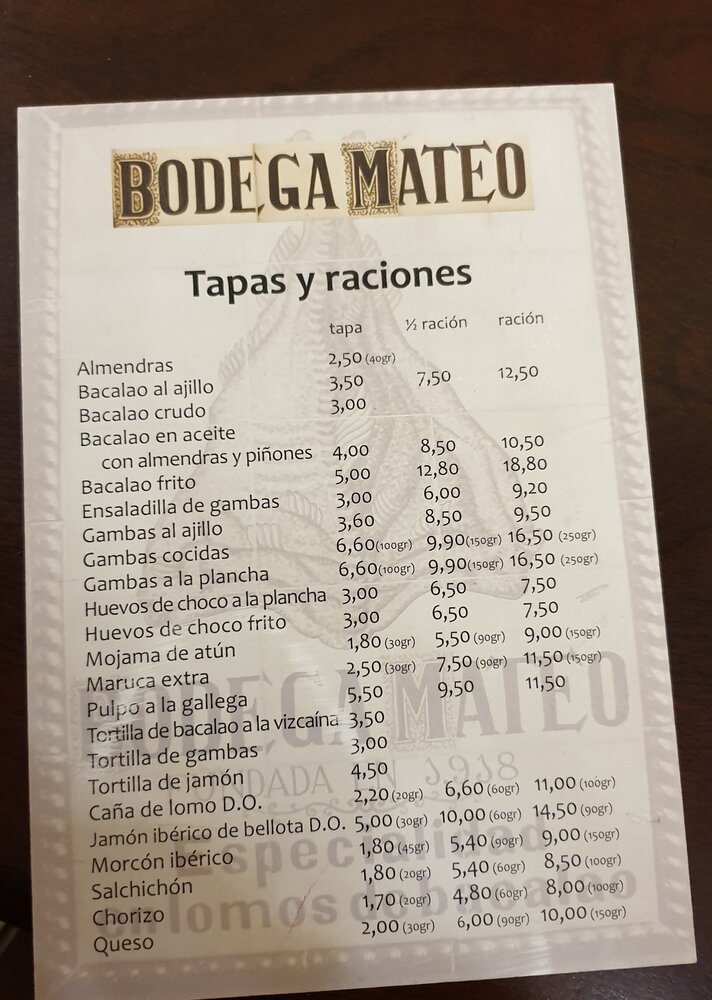
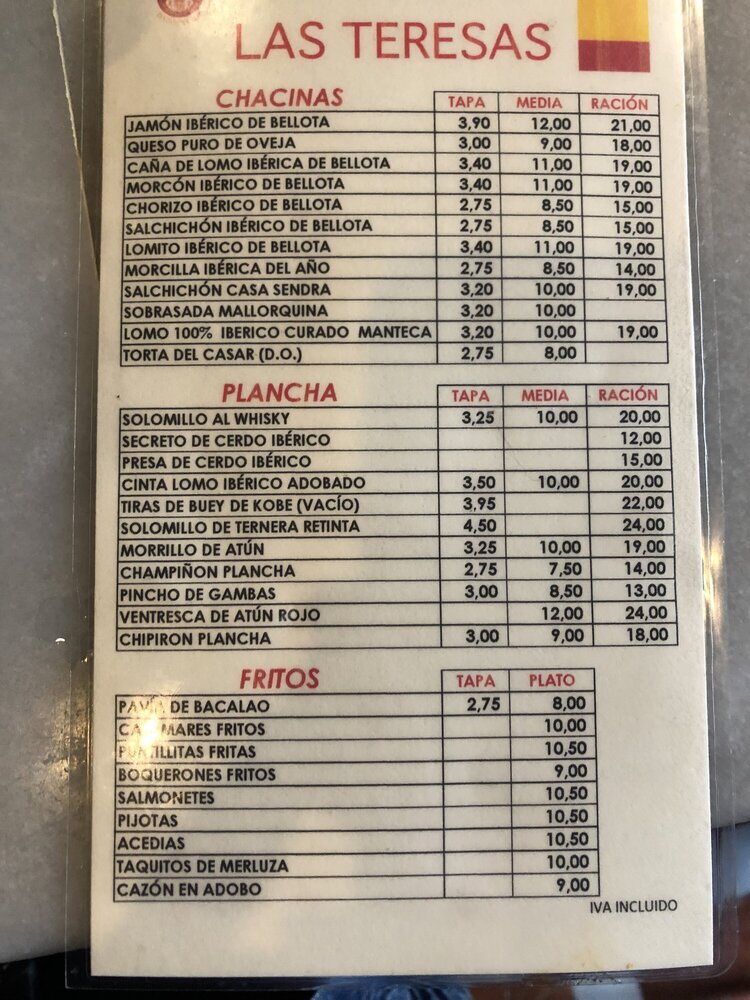

How to choose a tapas bar
All the guidebooks say, «Look for the best tapas bars in the Triana neighborhood and around the cathedral.»
I’ve seen these tapas bars and I don’t recommend wasting time and money in them. On our first day in Seville, we went to a large establishment on the main street of the Triana neighborhood. It was nothing: unflavored, not cheap, unatmospheric. It was open when all the good places were closing. And the places across from the cathedral are obviously spoiled by the queues of tourists. You can’t hear local speech in them, so I wouldn’t look for good cuisine there.
The main sign of a good tapas bar is the crowds inside and out front. The louder the clamor, the more locals there are and the more active the bar is, the faster the service and the lower the prices.
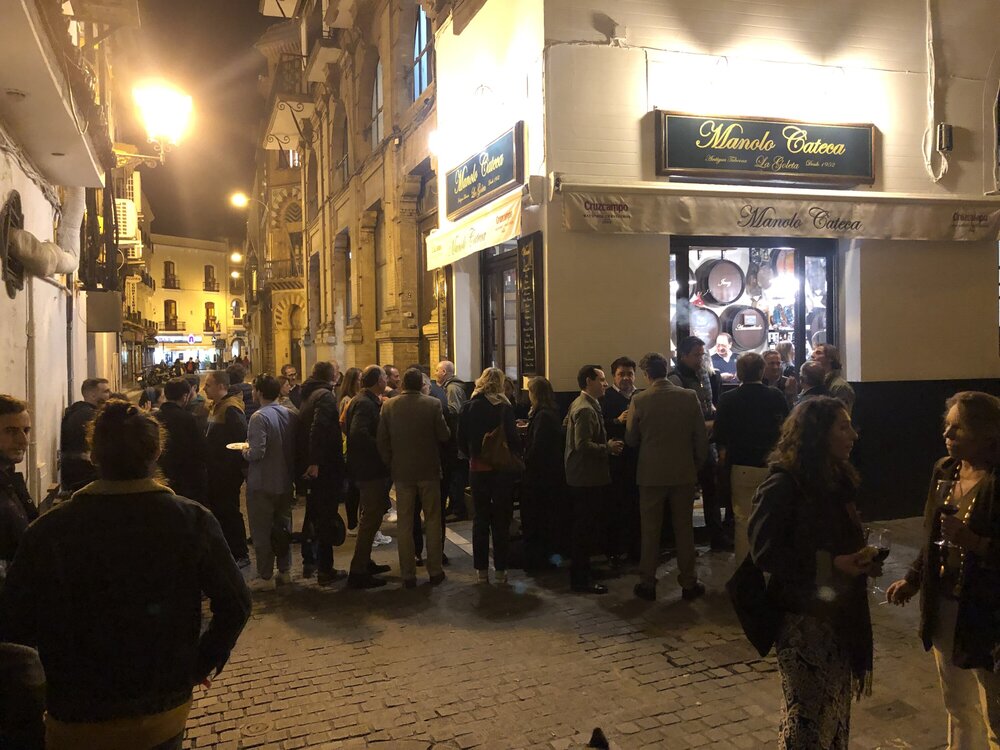
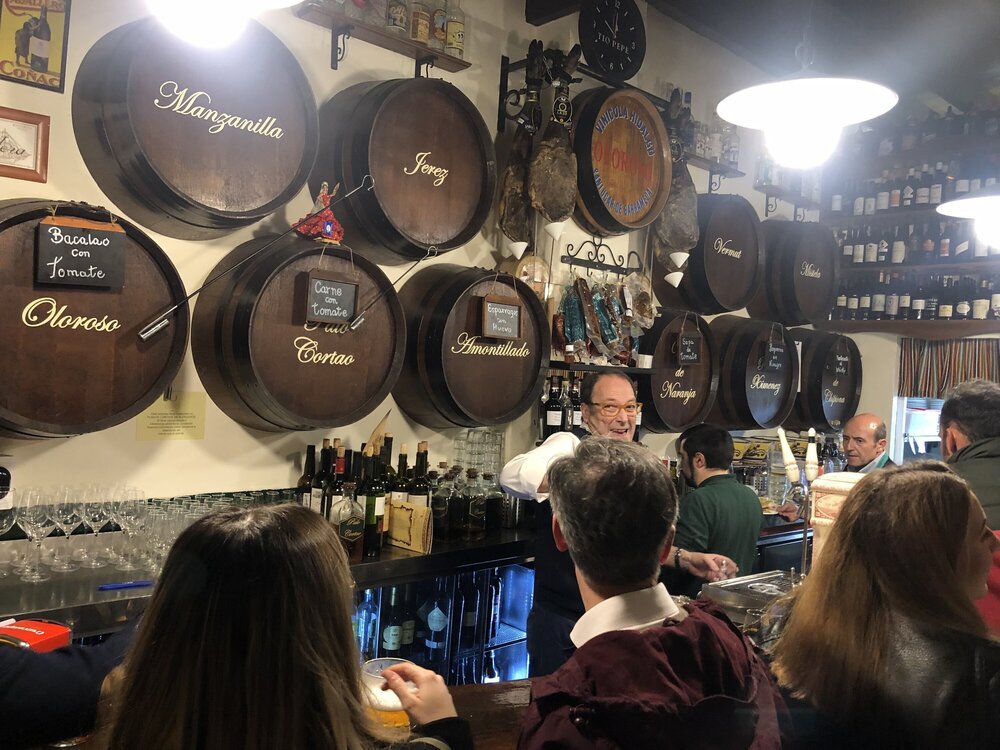
Popular tapas: what to order
There are several typical types of tapas: a sandwich is a «montadinho», a kebab or a sandwich with a toothpick stuck in it is a «pincho». There are hot tapas, and there are slices of jamon, sausages or cheese.
All bars repeat a few tapas classics that are worth trying first. These are the tapas classics, the greatest hits.
- Carrillera or Carrillada — we have seen both names. It is the cheeks of an Iberian pig stewed for hours, sometimes days. Like goulash or beef bouguignon, but democratic, delicious and very tender. My personal hit: I tried it in all the bars and it was delicious everywhere, although everyone makes carillada with slight variations.
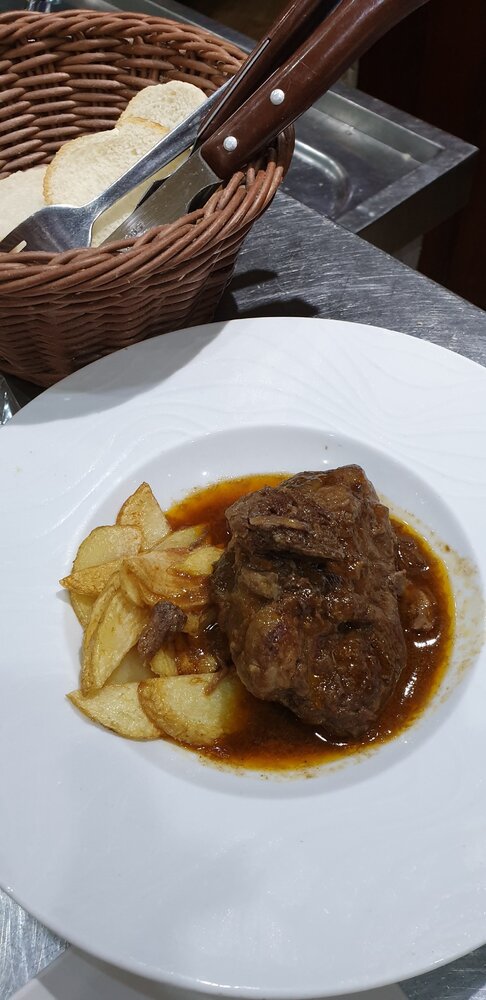
- Solomillo — beef or pork tenderloin, usually grilled, served with sauces.
- Montadito de pringá is a sandwich with stewed meat.
- Tortilla is a Spanish omelette made of potatoes. It’s simple but surprisingly tasty, and the locals order it so often that the bartenders only have time to cut new tortillas into portions.
- Octopus (Pulpo) — comes in different variations, I especially recommend trying it in a sour sauce «aliñado» (Pulpo Aliñado) or Galician style (Pulpo gallego or Pulpo a la Gallega).
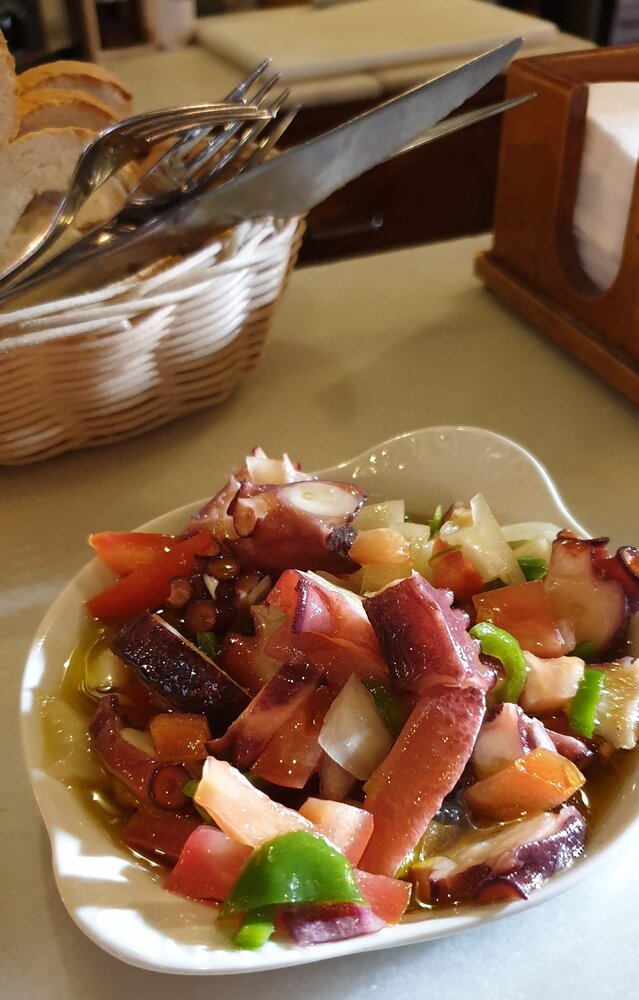

- Croquettes are a popular snack among the locals. They are batter-fried balls of dough with various fillings: jamon, vegetables, shrimp, whatever the cook’s imagination allows.
- Champinones al ajillo — fried with garlic and white sherry, sometimes with aioli sauce.
- Fried cod (Bacalao frito) — deep-fried pieces of cod, as in chips and chips.
- Garlic shrimp (Gambas al ajillo) — fried shrimp in garlic butter. Be sure to try them everywhere — they are almost impossible to spoil.
- Tortilla de gambas (Tortilla de camarones) is a flat thin tortilla made of deep-fried batter in which very small shrimps are interspersed.
- Patatas bravas — potatoes with garlic aioli sauce sprinkled with smoked paprika (sometimes spicy).
This set of tapas is available in almost all establishments, only octopus and prawns are not in every one. I have never come across tuna tartar (tartar de atún), although I have read in reviews that it is available everywhere. But sheep cheese (manchego), jamon iberico and variations of anchovy sandwiches (anchoas) are indeed on the menu of any tapas bar, even one that doesn’t have a hot kitchen.
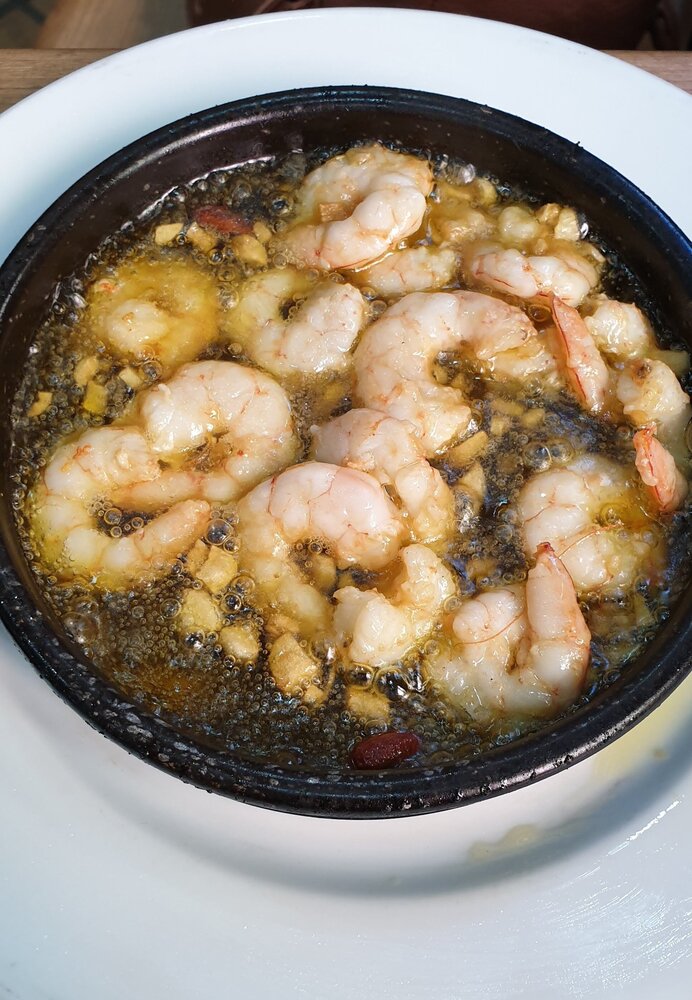
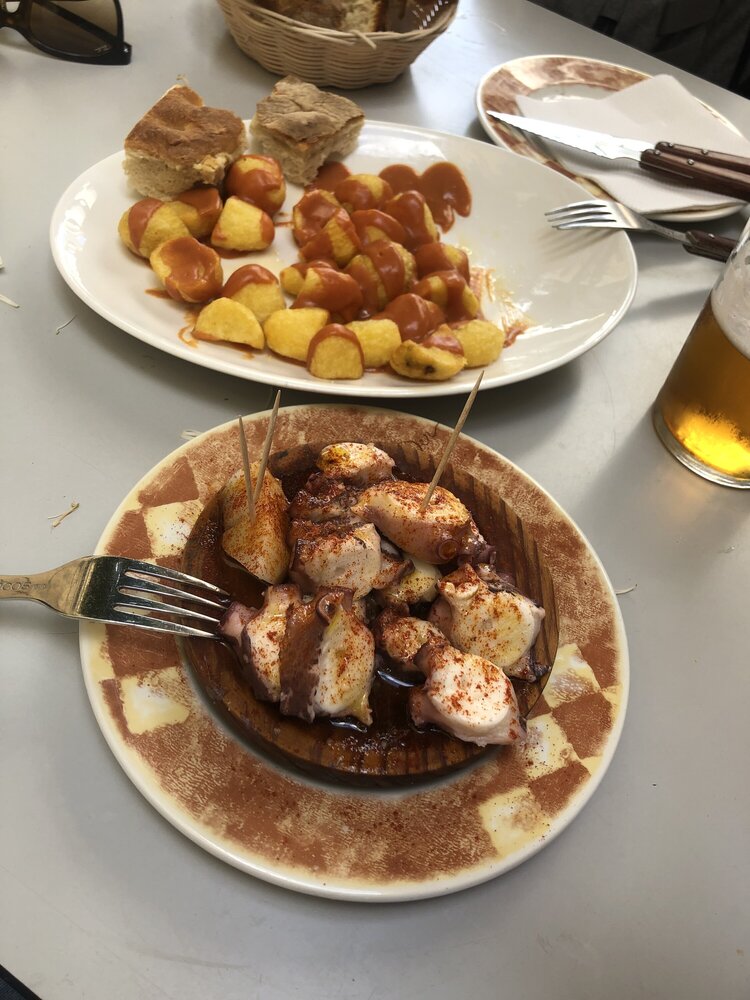
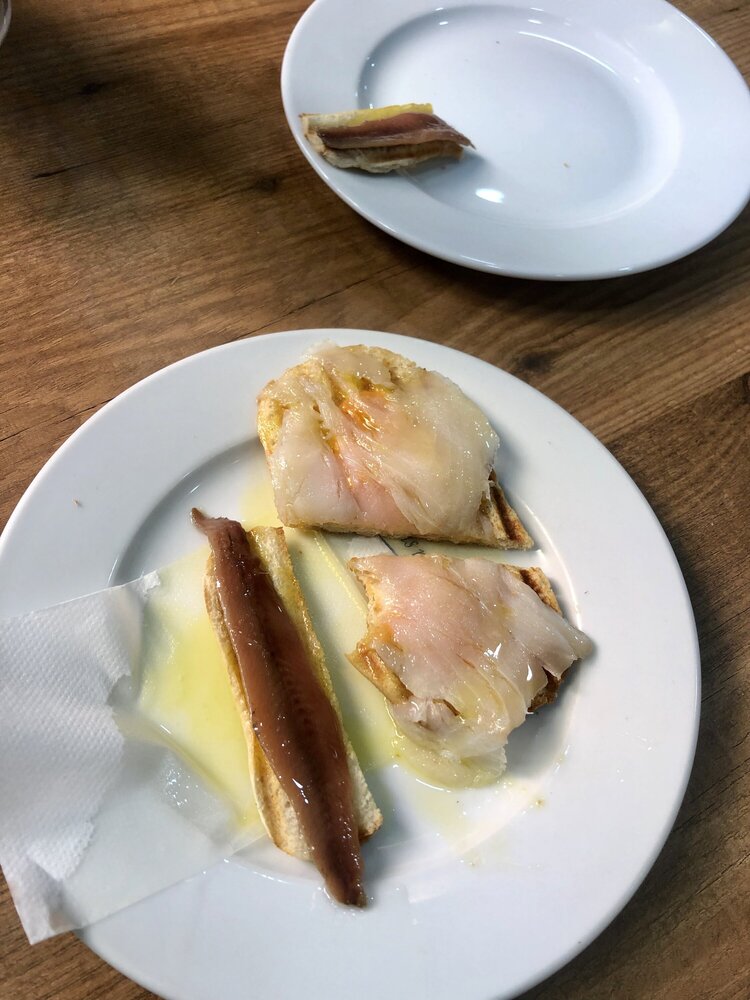
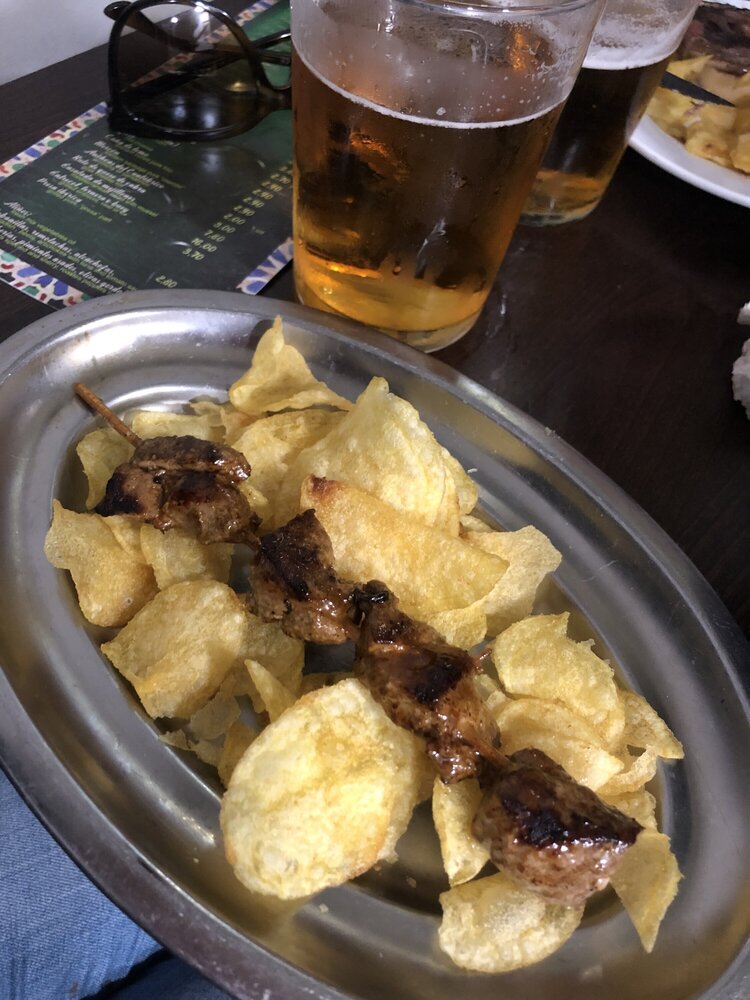
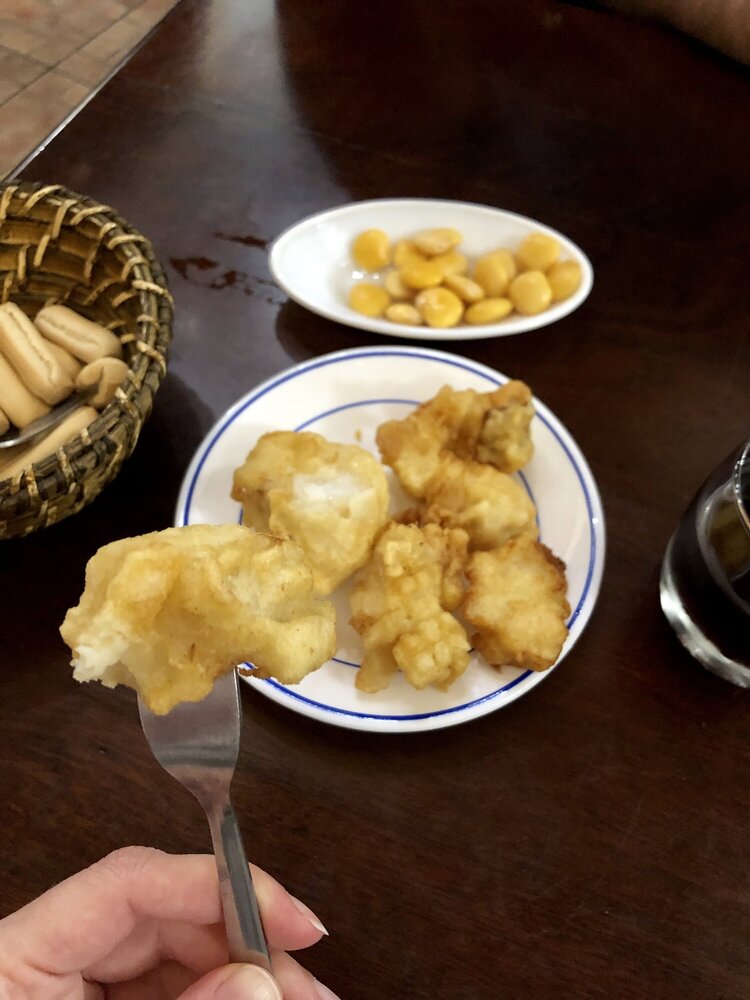
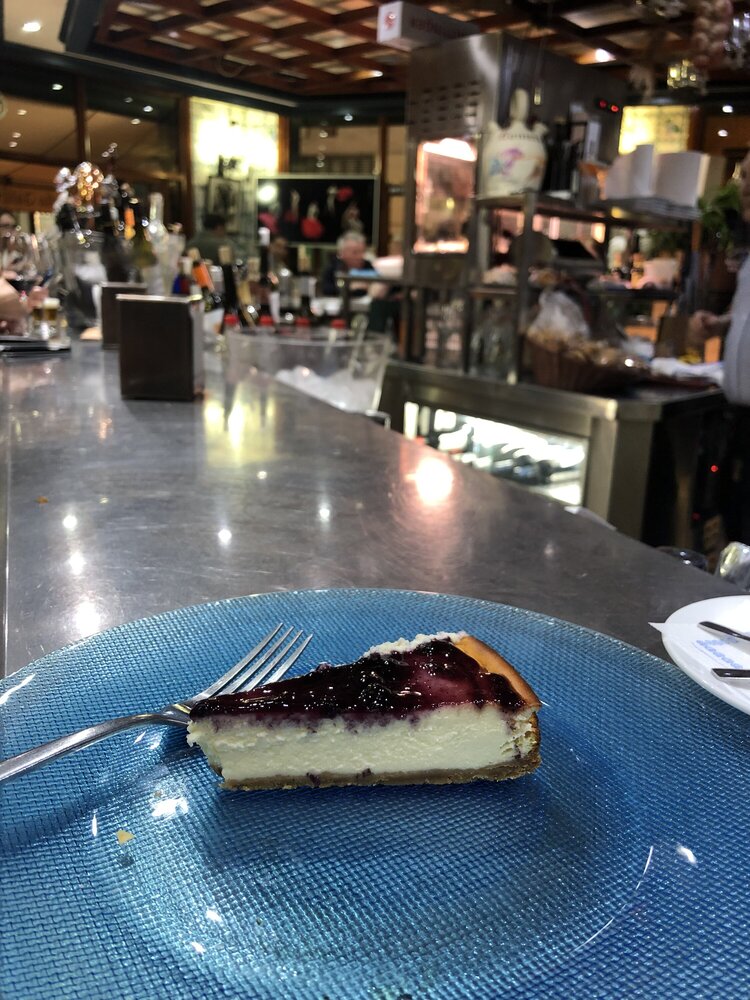
The best tapas bars in Seville
I’m going to share my list of tapas bars in Seville that I have been and will be returning to. Each establishment has been checked by me personally, I only recommend the ones that are worth a visit.
1. Bodeguita Romero
There are many places in Seville with «Romero» in the name, there is even a whole chain, I’ve been to two different ones, and this bar is the best. It’s been in business since 1939. Their Tortilla de camarones and Montadito de pringá are recognized as the best in Spain by Foodie Hub magazine. It’s also where everyone gets their cheesecake — the bartender barely has time to get new pies out of the fridge. And while it’s unusual for a tapas bar to have a sweet tooth, this is a great cheesecake. Highly recommended.
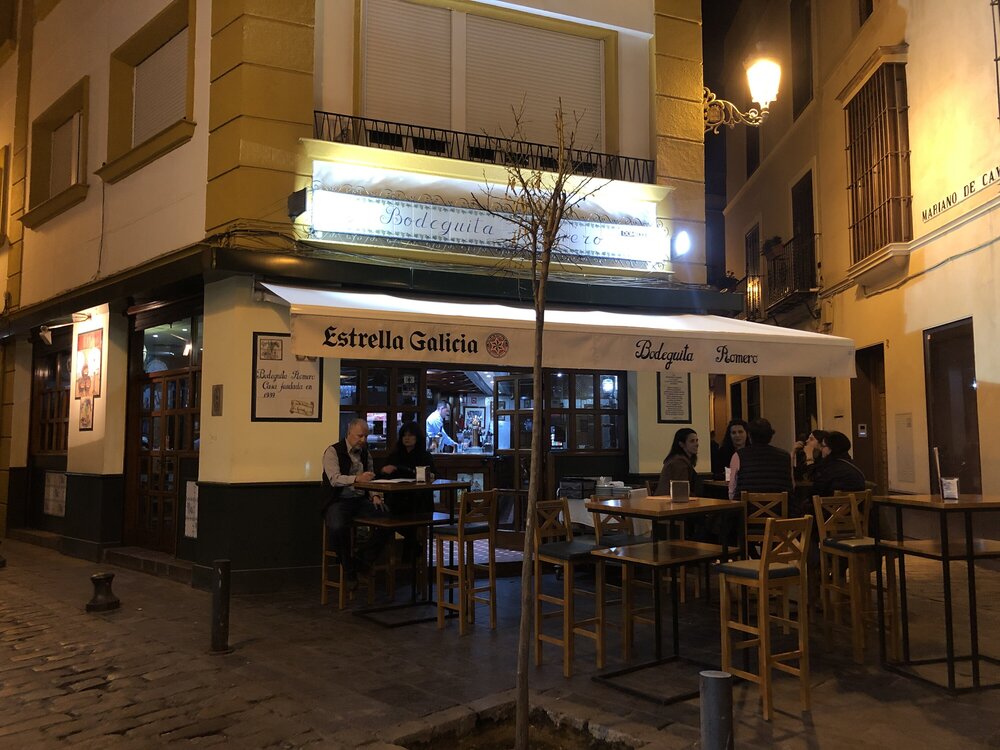
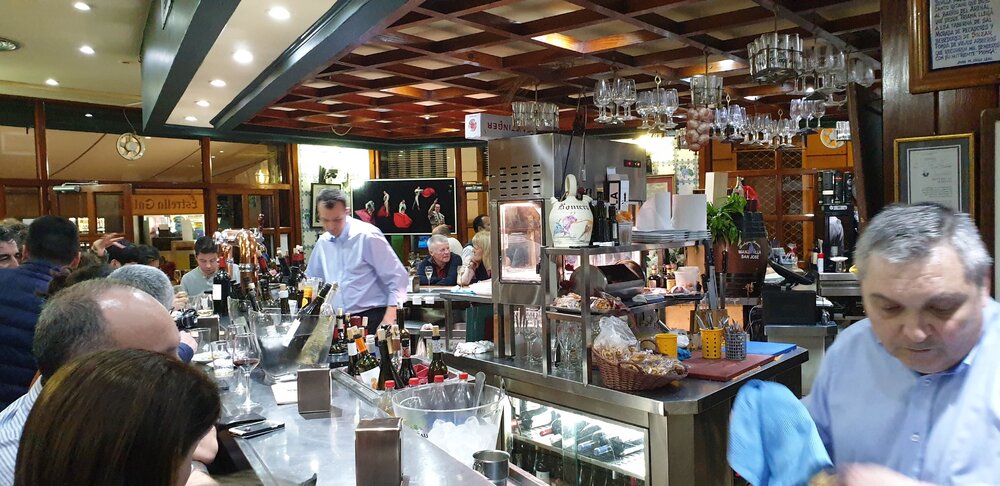
2. Casa Morales
An atmospheric bar where part of the room is occupied by large clay vessels up to the ceiling. What this means is unclear, but it looks authentic, like a wine cellar. Here I recommend the Galician-style octopus, tortilla and corrillada.
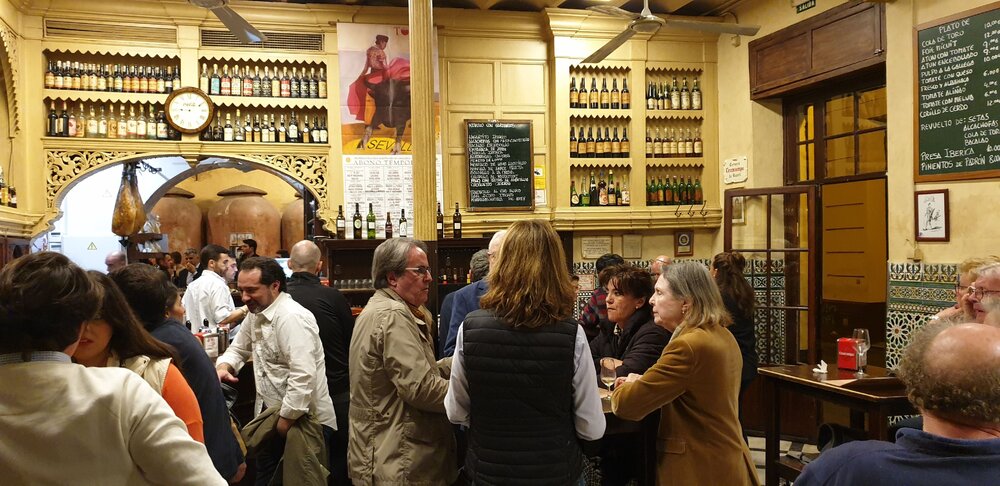
3. Las Golondrinas
A bar in the Triana neighborhood that is hard to get into and where there is always a line. Here, everyone loves solomillo (fillet), which every self-respecting travel videoblogger must have. The corillada and lamb pinchos are good too. And be sure to try their mushrooms in aioli sauce — it’s a delight. The room looks small, but they actually have a second floor.

4. Las Teresas
One of the oldest bars in Seville, founded back in 1870. It is not the cheapest (a large beer costs as much as 2.8 €), but it is located in the center and is open even during siesta. Here I recommend trying the octopus salad (pulpo aliñado) and shrimp kebab (pincho de gambas).
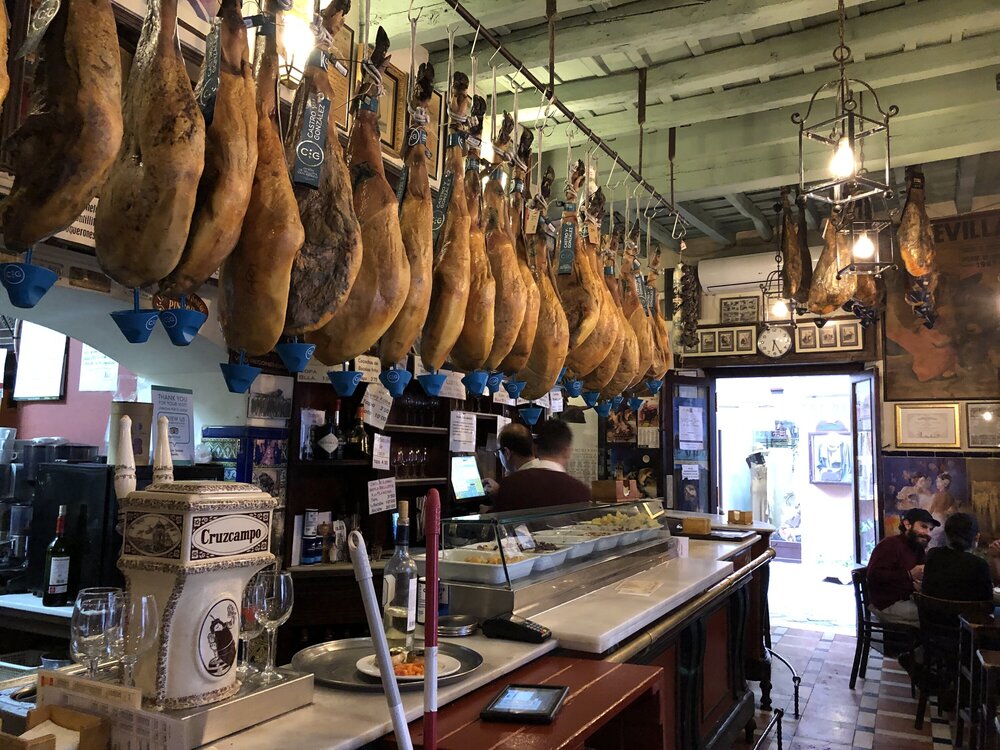
5. Bodega Mateo Ruiz
A very small bar away from the center, which from 12:00 is filled with locals. The bar is run by a miniature grandfather who stands behind the bar and brings tapas.
The local fried cod (bacalao frito) is considered by locals to be one of the best in Seville. The cod is good: deep-fried but not too greasy. Try wine from a barrel for 1 € — it is simple and not rich in taste and aroma, but it will make you feel like a local.

6. Cerveceria La Grande
Another bar in Triana, only this one specializes exclusively in seafood. The local hit is simple boiled shrimp. There is a queue for them, and they are taken to go.
7. De Nata
It’s not a typical place at all. It’s not a tapas bar at all, but a tiny bakery where they make an authentic Portuguese dessert called pâtel de nata. It’s a small puff pastry basket baked with cream. The place is the only one in town, located right next to a crowded tapas bar.

Where I don’t recommend going is to the so-called «gourmet market» Mercado Lonja del Barranco. It is recommended by all guidebooks — mainly for the fact that this pavilion was supposedly designed by Gustave Eiffel at the end of the XIX century(official documents say that this is nothing more than a legend that would flatter the city). You shouldn’t count on having a fun and tasty time there.
A trendy gastro market was opened in the glass and metal building of the former fish market in 2014. There are 20 stalls selling food and drinks. Prices are inflated, there is no atmosphere, and the main visitors are bored tourists. It’s as if the locals don’t come here.
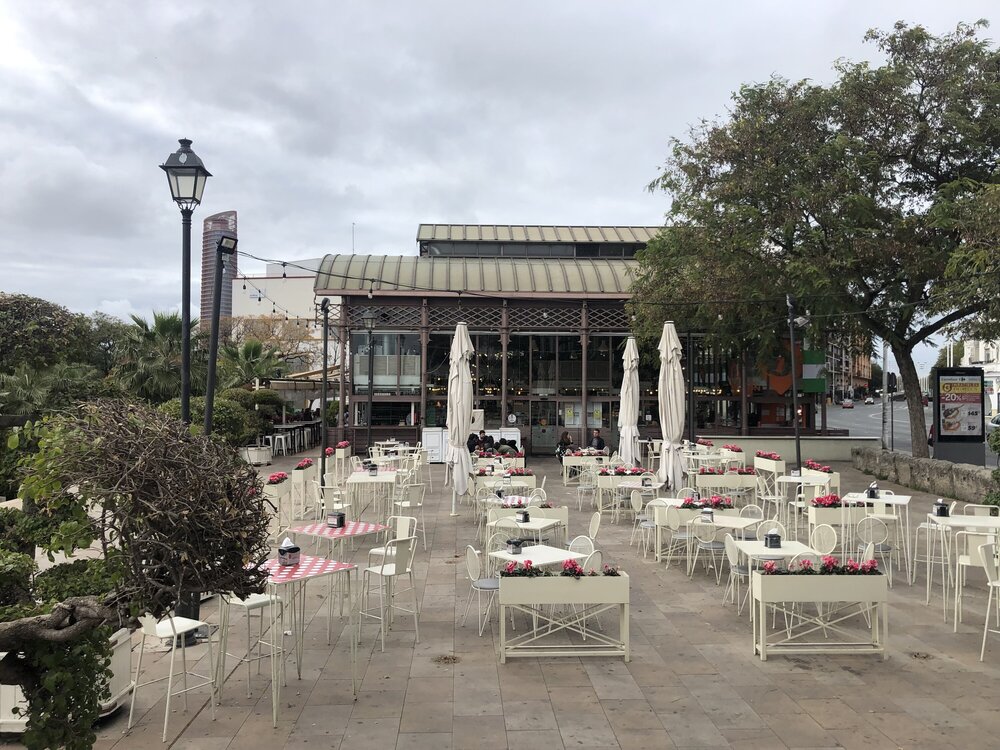
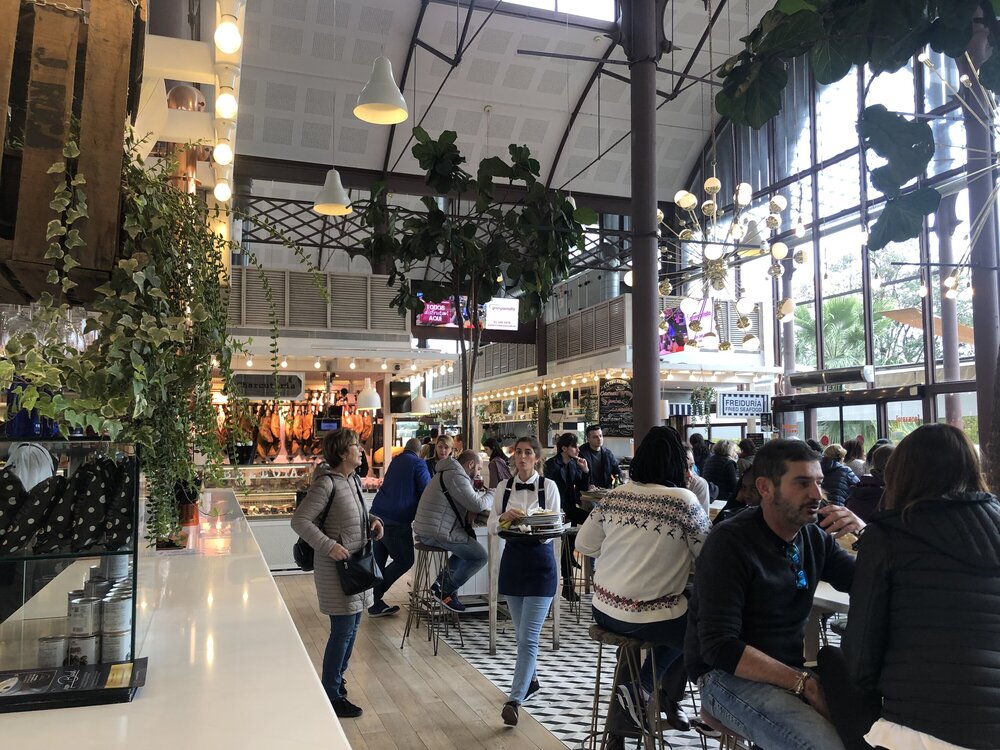
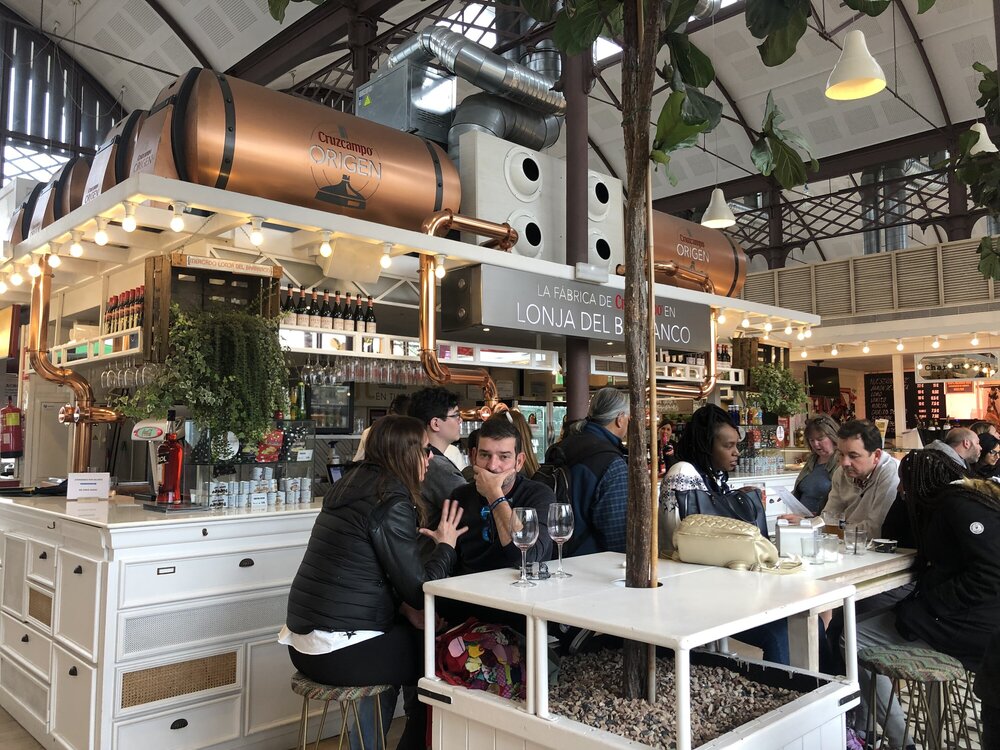
Lifehacks: how to enjoy a tapas bar
- Sit or stand at the bar — it’s more convenient and faster to order and you can see what others are taking.
- Don’t order too much at once. If I have a choice between a tapa and a ration, I’ll choose the tapa. If I like it, I’ll take the ration next time. You don’t know what to choose? Look at what other people are ordering.
- A large serviette (beer) is more profitable than two small ones! But beer gets hot quickly in the heat, so the locals are in the habit of taking the small ones.
- Come when it opens, you can grab a comfortable seat.
- Don’t get full in one place. Locals don’t do that. They quickly drink a Servesita, eat 1—2 tapas each and go to the next bar.
- The more people — the more fun, tastier and cheaper. And no, crowds don’t get in the way of ordering and drinking. It’s the basis of tapas culture.
